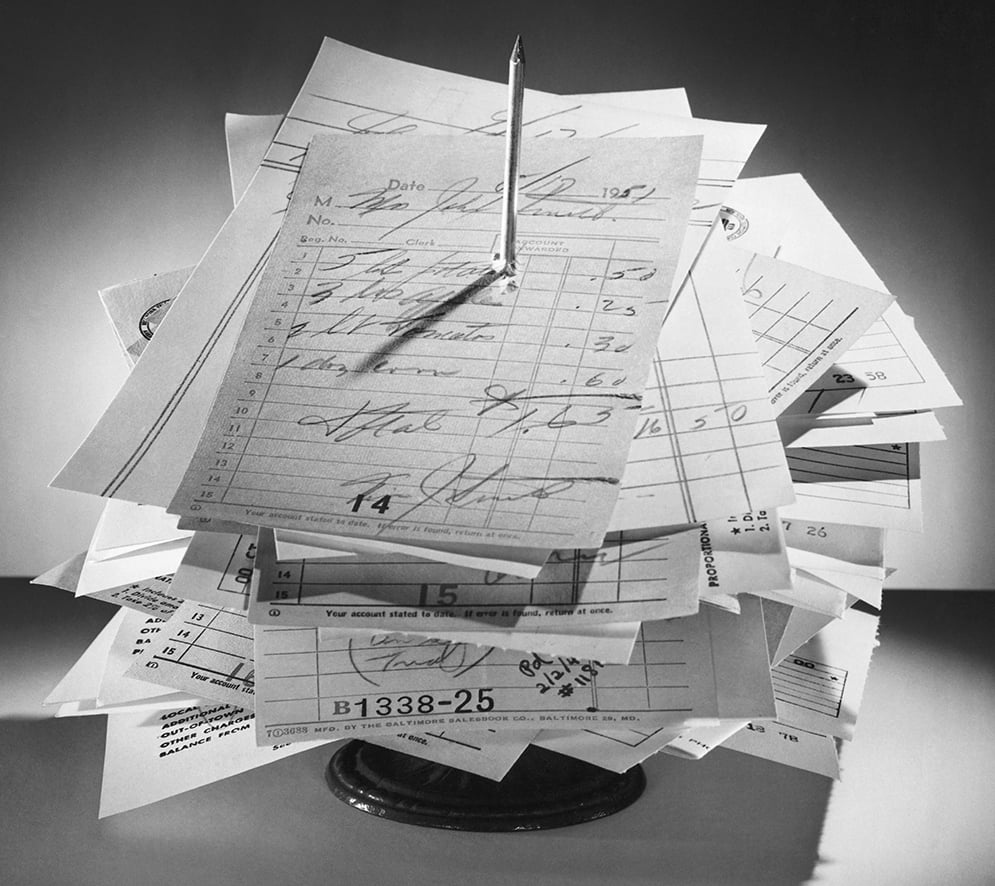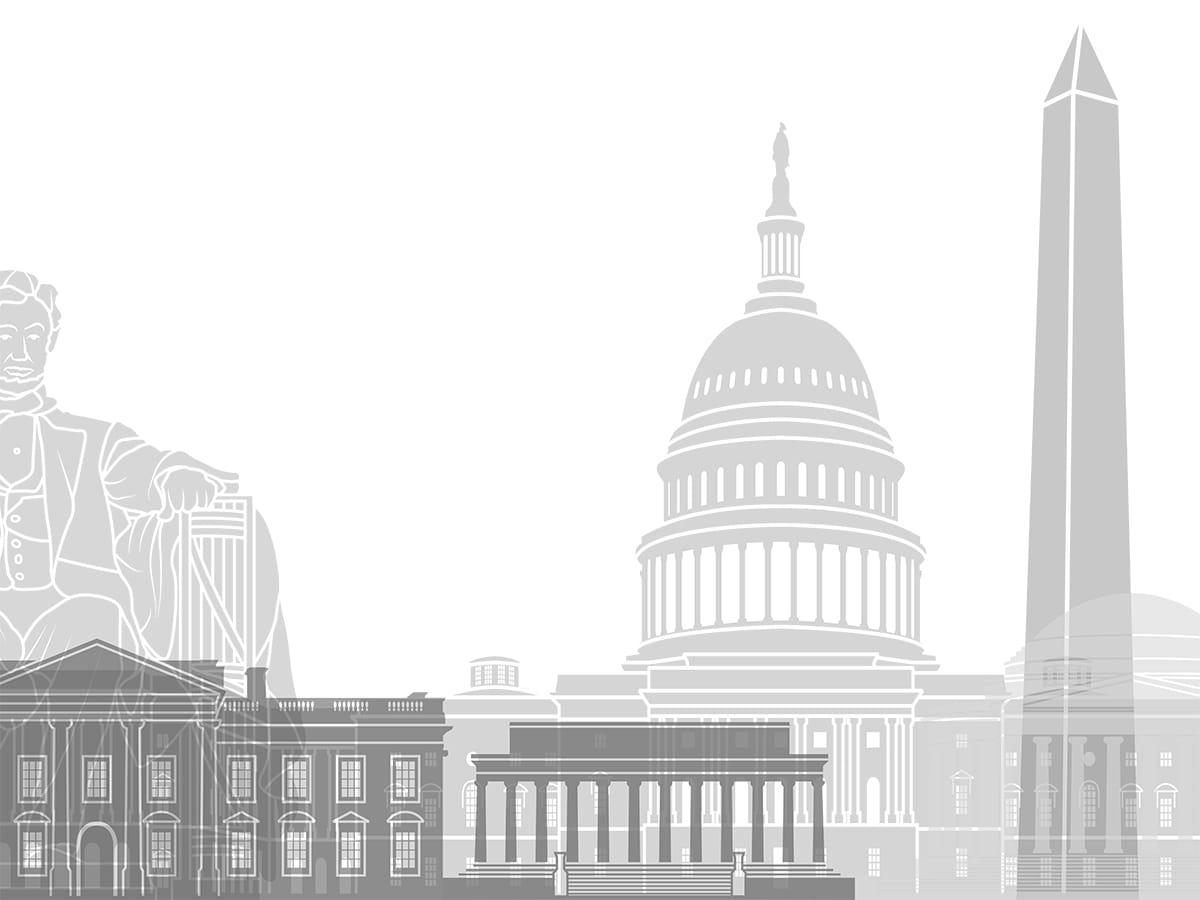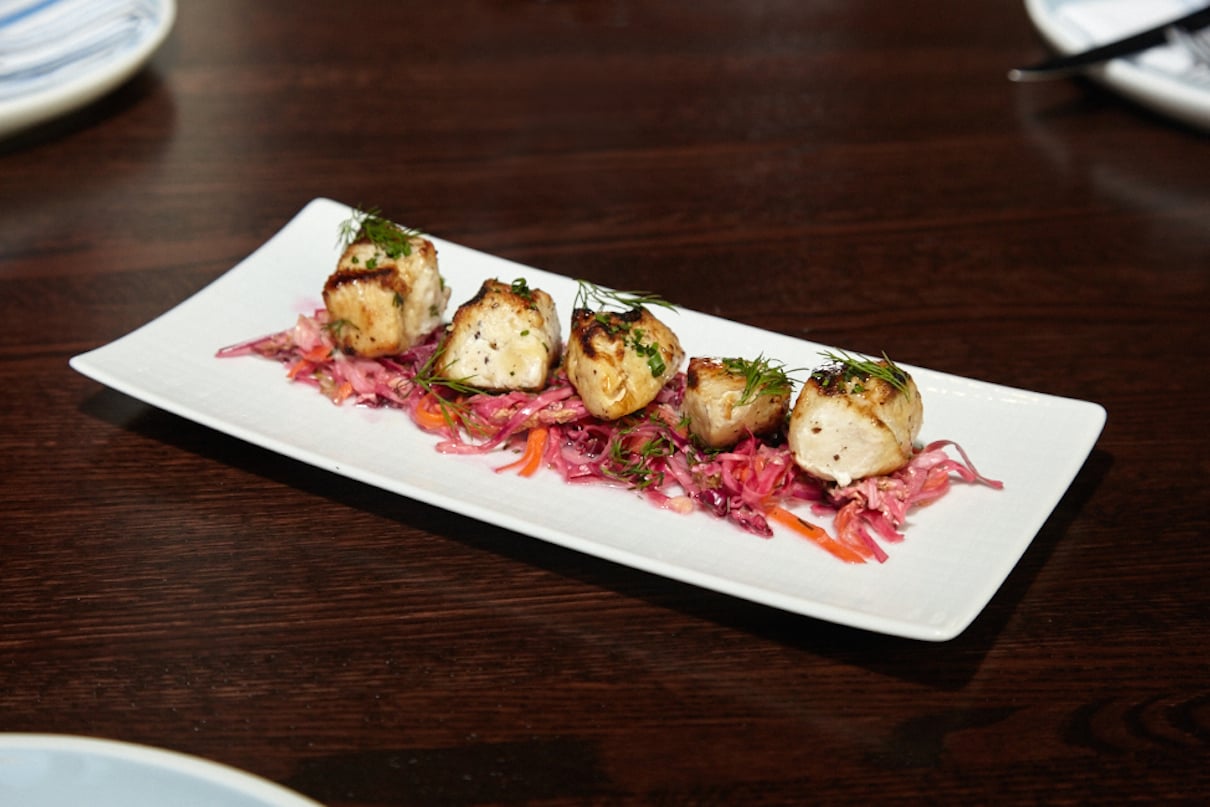White House pastry chef Roland Mesnier retired in late July after a quarter century of making blown-sugar figurines and 300-hour gingerbread houses. But he's still busy. Dessert University (Simon & Schuster, $40), his extravagant pastry cookbook, is out in September. He continues to teach occasional classes at L'Academie de Cuisine, there's a line of mail-order cakes in the works, and he's planning a book about the White House.
On his mom's cooking: I grew up in a French village of 140 people in a family of nine children. We grew strawberries and plums and pears and cherries. She didn't have the chance to buy expensive ingredients, but the eggs and butter were good. My mother was a real wizard to make things taste good from simplicity.
First job: I started in a pastry shop the day I turned 14. The pay was the equivalent of $1 a month with room and board. The first year you did everything but pastry–scrub the floor, clean pots and pans. My nickname that first year was "Hey, stupid."
On working at London's Savoy Hotel: The kitchen was Escoffier's original kitchen. There was a huge center stove with all the cooks working it. I used to come out of the pastry shop to watch. It was the most beautiful ballet. . . . We had movie stars in the dining room–the list is endless. Mr. Onassis used to come. He was dating Maria Callas, and Jackie Kennedy would be in the same dining room at a different table.
Getting hired: I had been working at the Homestead in Virginia when I heard the White House needed a pastry chef. In 1979 I had a meeting with Rosalynn Carter. Margaret Thatcher was visiting the same day. I told them I wanted to do low-calorie, fruit-based desserts, which she said was very good. One of the first desserts I made for them was a yogurt and fresh-fruit tart with practically no shell, drizzled with honey.
First year at the White House: It was very scary. If the dessert isn't good, it's a shame on the first lady and the president, not just you.
First-family fridge raids: They were all good about that. They have to keep their figures. They eat their meals on time. Very early on, Chelsea Clinton was skipping dessert and eating fresh fruit.
Presidential birthdays: President Bush likes a good chocolate cake with ice cream. President Clinton was allergic to chocolate, so we did carrot cake, but sometimes he was known to cheat and eat chocolate.
State dinners: Something on the dessert has to pay homage to the president. For President Bush we'd do a yellow rose of Texas, a longhorn, or a "W." When he first came into office I did a dessert called Tumbleweed. Inside was vanilla and chocolate ice cream with candied fruit and toasted nuts. Outside was blown sugar sprayed with chocolate, made to look like a tumbleweed. . . . For the visiting heads of state it's a lot of work. I do research with the embassy. For the queen of England, we'd do a Big Ben or a coach.
Private lessons: Chelsea came and spent a couple days with us. She wanted to learn how to make a cherry pie that her father liked. I was surprised by her knowledge. She looked in the oven and said, "Wow, you're baking brioche." She knew frangipane and génoise.
On casual first-family dinners: I might do a bread-and-butter pudding, crème caramel, a floating island, a pie with ice cream. We try to rotate. When the family comes to the White House, they're your guests for four or eight years. That's a lot of time to have the same person at the table. You'd better keep them interested.
Where he likes to eat: L'Auberge Chez François is one of my all-time favorites. I've always liked the desserts at Marcel's–they're especially good with fresh fruit. I like I Ricchi–the seafood is very fresh and very simply prepared.
Saying goodbye: There were very few days off. I worked 20 out of 25 Christmases. When I planned something with my wife, there was an 80-percent chance it would get cancelled. Even when I wasn't at the White House I was researching new desserts. I want to enjoy other things.
















